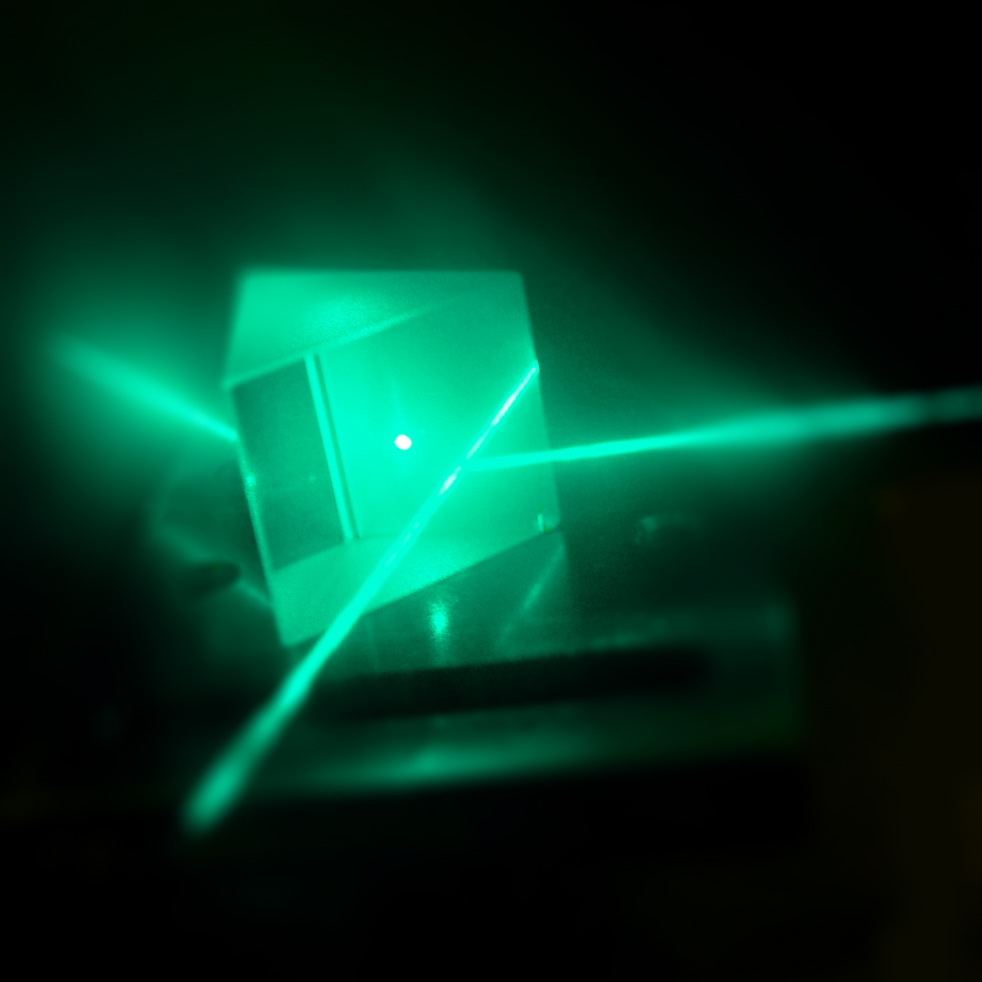
Posted on August 17th, 2018 by Carrier Vibrating
3D printing is a modern technology that is quickly changing the world and how the items we use every day are being produced. When it first started, 3D printing was pretty much only used to make simple plastic prototypes not designed for final use, but as the technology improved it is now able to actually produce final, usable pieces. One of the major hurdles with using 3D printing to create usable final products was being able to create strong metal objects with the printer, and that is now a possibility.
There are numerous ways to 3D print in metal, with new methods being developed and improved constantly.
Lost Wax Casting
One of the earliest forms of creating metal object with a 3D printer involved using the printer to create a wax model, and then using that wax model to create an investment casting. The printer was able to create intricate and detailed models to precise specifications, and could create multiple copies at the same time. This allowed for complicated designs to be cast in metal that could not be cast easily before, and is still used as a process when the final product needs to be cast metal.
Binding Agent
Another early form of 3D printing metals uses a bed of powdered metals and a nozzle that sprays a binder, much like an inkjet printer. The printer sprays the binder in the shape needed for that layer of the print, then a roller spreads more powdered metal on top of that and the spray head puts down the next layer of binder.
Once the print is completed it is take out of the bed of powdered metal and any excess powder is removed, then the print is either embedded with another metal or put into a furnace to melt the powder together. Without post processing these pieces are usually not as strong as a cast object.
Filaments
Using technology much like plastic filament 3D printers, this method uses plastic filaments with a metal filling, and the plastic is fuzed together to form the shape before being melted away to leave the metal.
A newer method of this technique was developed by NASA that uses metal filament without the plastic and used an electron beam or laser to melt and fuze the wire together, forming a solid piece. The benefit to this method is that there is no material waste at all, and it can create lightweight and geometric shapes that are still very strong.
Direct Metal Laser
This method also uses a bed of metal powder, but instead of a binder sprayed on the surface it uses a laser to melt or sinter the powder in each layer, fusing the metal powder into a solid piece. The bed is then lowered and more powder is layered on top for the laser to create the next layer. Once the print is completed, the excess metal powder is vacuumed away and the metal prints are cleaned and any finishing or heat treating is performed.
This method creates very strong and durable parts out of a wide variety of metals, including alloy mixes of the powdered metal. These parts end up stronger and denser that cast metal, which mean they can have very complex shapes and can be designed to be lighter weight than traditional metal forming methods.
If your 3D metal printing needs dry metal powder, Carrier drying equipment is ideal for evenly drying particles of even very fine powders like those used for 3D metal printing. Contact us to find out how we can help your 3D prints be as high quality as possible.







